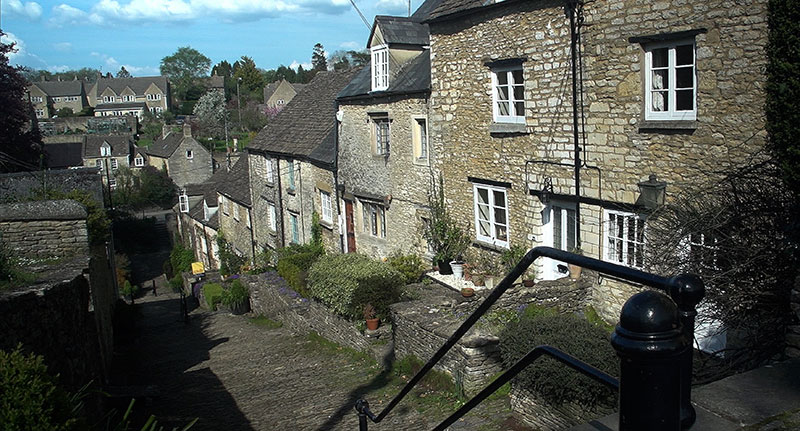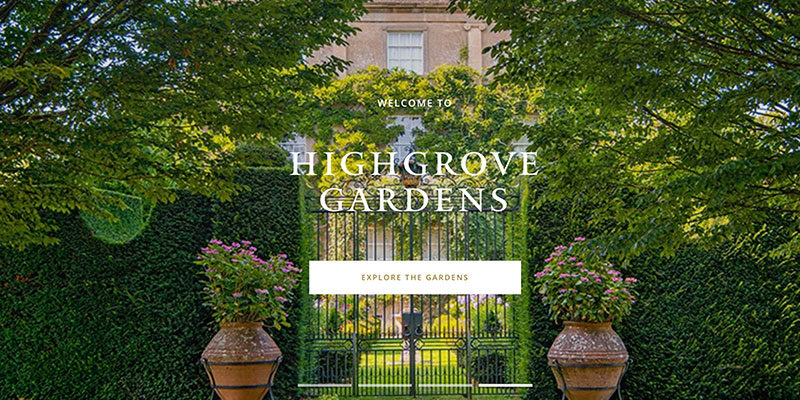The second largest town in the Cotswolds, Tetbury is situated in the area of outstanding natural beauty, surrounded by landscapes of gently rolling hills, primarily used for farmlands including flocks of sheep, and grain production.

Our van parks in the nearby lot and we step out excited to explore yet another Cotswold village. Right away next to the car park we see the historic cobbled lane called Chipping Steps, lined with picturesque stone cottages.
.jpg)
This is one of the best surviving pillared market houses in England, and it has had many uses in the past: sales of wool especially, but also administration of the town, storage of the hand fire pump, and it was even used as a lockup until the police station was built. For centuries, this building has been the hub of town, and markets are still held here regularly on Wednesdays and Saturdays.
.jpg)
The historic Market House is at the crossroads at the center of town, one of the first sights you'll see coming from the car park. It was built in 1655 and it's the most famous building in Tetbury, listed as a historic protected property.
.jpg)
The main shopping street of town is called Long Street. This is where most retail action occurs, just 300 meters from one end to the other. It is very easy to explore – just walk all the way down one side and then cross over and walk back up the other side.
The center of Tetbury is especially renowned for its antique shops and independent boutiques. This High Street has been named one of the UK's top 10 favorite streets for shopping by Homes and Antiques Magazine.
.jpg)
You'll find a number of specialist food markets selling, cheese, breads, and meats, along with clothing shops, banks, charity shops, estate agents, lifestyle, clothing.

There's even a store here that Prince Charles owns, called Highgrove, featuring organic food and branded homeware. The gardens of the prince's Highgrove estate are just two miles south of town, and open to the public with guided tours.

The town has many fine stone buildings in various styles reflecting the architectural fashions of the last 400 years. Many of the fine houses were originally built and financed by the wool-staplers on the proceeds of the sale of wool. Tetbury has never manufactured cloth as it does not have continual running water to service mills. The town is known as an 'architectural gem' because many of the wool merchants' houses still look as they did years ago.
Tetbury celebrates over 1300 years of recorded history since King Ethelred mentioned Tetta's Monastry in 681AD. In 1633 the Earls of Berkeley allowed Tetbury inhabitants to buy the Manor & the Borough. A body of townsfolk governed the town & became Feoffes, or trustees, the Feoffes still exist today, maintaining a respectful presence & performing duties of care within the town.
.jpg)
Further afield the lush rolling countryside that surrounds Tetbury is home to a stunning array of attractions including: the National Arboretum at Westonbirt, the Elizabethan Chavenage House used for many famous films and TV series, the Arts & Crafts Manor at Rodmarton & finally HRH Prince of Wales' unique garden at Highgrove. There are also numerous equestrian events including Badminton Horse Trials, Gatcombe Festival of British Eventing & Beaufort Polo.
Tetbury village Tourist Information Office
.jpg)